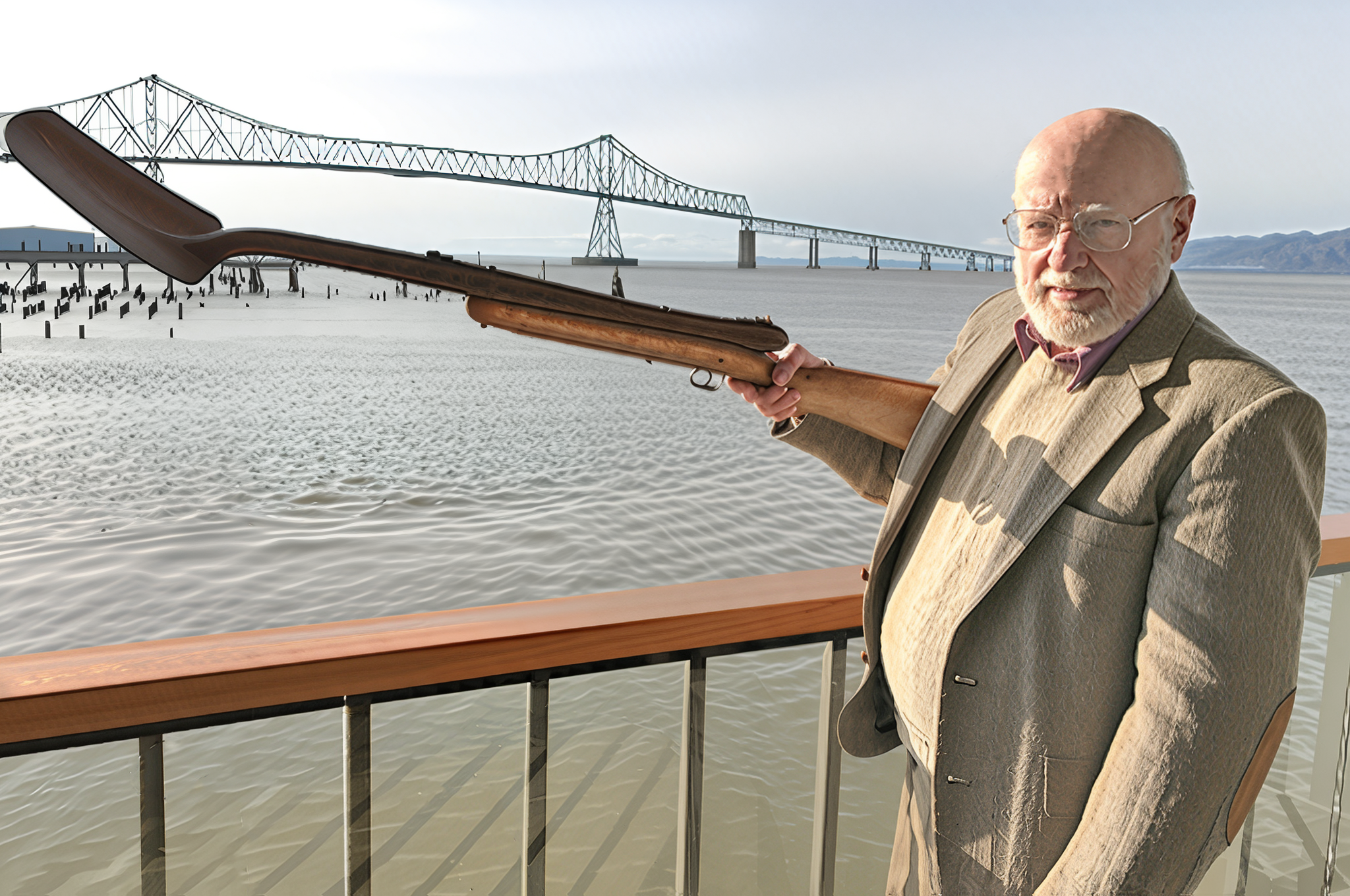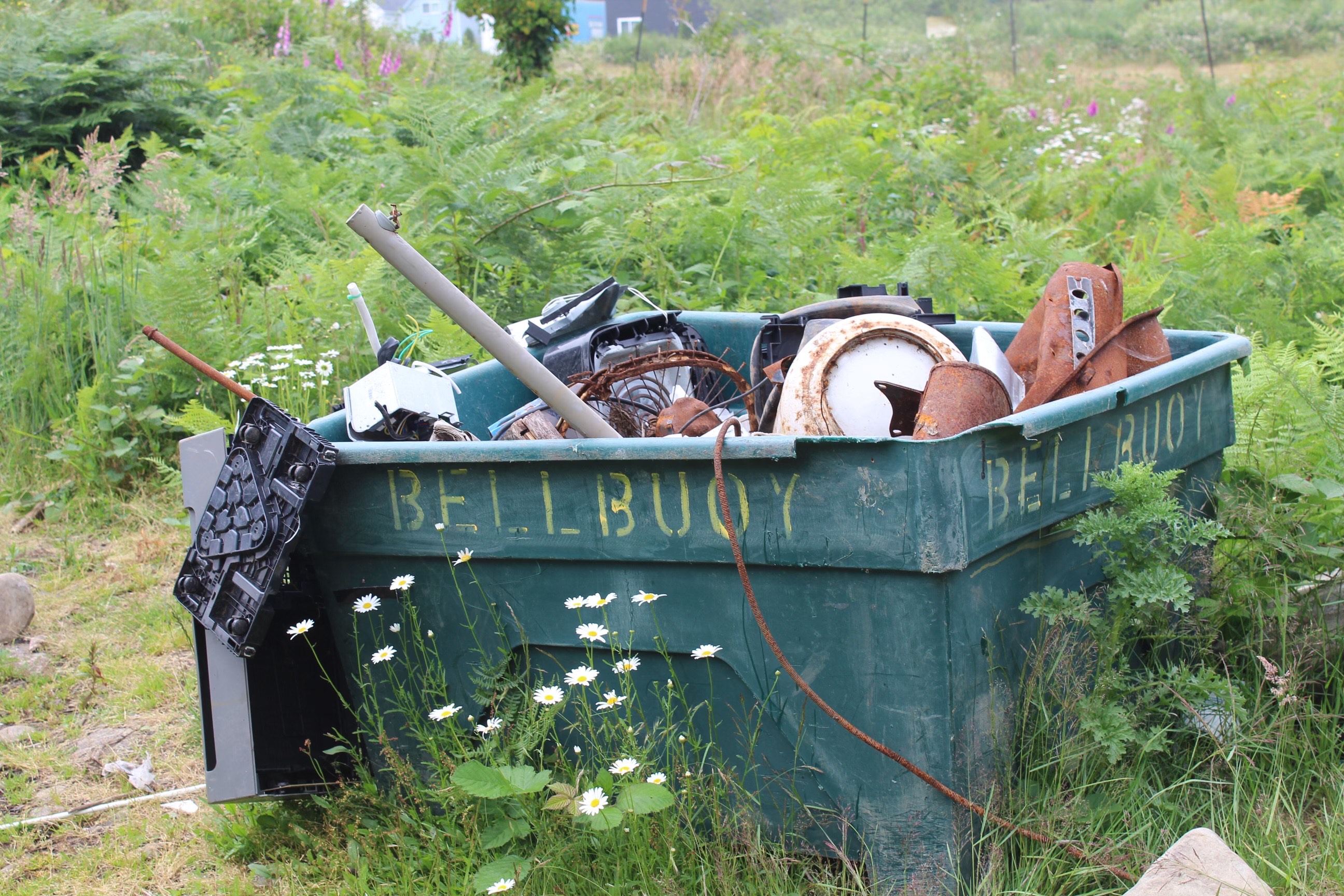Wave power
Published 4:29 am Thursday, October 29, 2015

- Resolute Marine Energy hopes to place two wave-energy converters, large flaps that oscillate with the movement of the ocean, off the coast of Camp Rilea as soon as summer 2017.
WARRENTON — A wave-energy company from Boston, hopes to harness the waves off the coast of Camp Rilea for electricity and desalinized water.
The Oregon Wave Energy Trust, a nonprofit promoting wave energy, hosted Bill Staby, the co-founder and CEO of Resolute Marine Energy, at Warrenton’s El Compadre restaurant Wednesday to explain the test his company hopes to launch in summer 2017.
The presentation pulled in a roomful of fishermen, ever concerned about losing access to the valuable crabbing grounds off the coast of Camp Rilea Armed Forces Training Center and equipment being tied up with wave-energy technology.
Resolute will place two oscillating wave-energy converters, large flaps topped by buoyancy chambers that sway with the movement of the ocean, in about 8 meters (26.24 feet) of water offshore. The movement of the flaps will power rotary pumps, which will send pressurized water in hoses back to shore.
One converter will send water to a small hydroelectric generator placed on shore that Staby said is rated for 40 kilowatts an hour. Another set of hoses will run to a desalinization plant he said can turn out 132,000 gallons of water a day. The primary goal, he said, is to have wave energy powering the desalinization plant.
Resolute still has many studies to perform before deploying the converters, such as what affect the devices might have on animals, how to keep the converters anchored to the sea floor and where to put the hoses.
“Our commercial focus … is really on replacing diesel-driven systems around the world,” Staby said, adding Camp Rilea would be the last trial run before commercial deployments in Alaska and Africa.
Staby said his company focuses on places like Yakutat, Alaska, where dependence on diesel generators fouls the atmosphere and raises the cost of ice creation to the point where fishermen go elsewhere to land their catch. The company has also worked with places like Cape Verde, a small island nation off the western coast of Africa that Staby said gets 85 percent of its water comes from diesel-driven reverse osmosis desalinization plants.
Resolute’s wave energy converters will be placed just west of Slusher Lake on the southern end of Camp Rilea, north of the Sunset Beach approach. The test site is in a military danger zone established earlier this year by the U.S. Army Corps of Engineers. In the zone, the Oregon National Guard can prohibit access to waters adjacent to Camp Rilea during use of the weapons range.
In 2012, the Oregon Military Department was chosen to pilot a net-zero energy and water program. That summer, the base had installed a water-recycling facility and basins that return treated water to an underground aquifer, taking Camp Rilea’s water supply off-grid.
The base, which officials estimate consumes on average 500 kilowatt an hour of power, has had a harder time trying to find a viable renewable power supply. A plan to install 400-foot-tall wind turbines to provide a third or more of the base’s power stalled after the Federal Aviation Administration found they would have adverse impacts on aviation.
Last summer, M3 Wave from Salem and the Oregon Military Department, placed a 30–by-7-foot wave-energy generator off the coast of Camp Rilea. Rick Williams, a systems engineer with wave-energy projects for the military department, said the test was successful, producing about 0.3 kilowatt hours, comparable to a couple of military generator sets.
Resolute’s flaps would be 8 meters wide and 1 meter high. Staby said the two flaps would take up a 25-by-25-meter area.
Lt. Col. Kenneth Safe of Camp Rilea said Resolute’s technology would not be right for powering Camp Rilea, but having it in the mix would be useful, with its ability to deploy quickly. After the Great Coastal Gale of 2007 left Camp Rilea operating on generators and nearly airlifting in fuel, Safe said, “I want to become energy secure at Camp Rilea.”
Staby said he is working with the U.S. Navy on how to make his technology deployable by helicopter.
Fishermen voiced concerns about how the wave-energy converters might affect their crab gear.
“I don’t think we’ll be approving fouling your crab grounds,” Williams said. “It’s going to be small-scale for a long time.”









